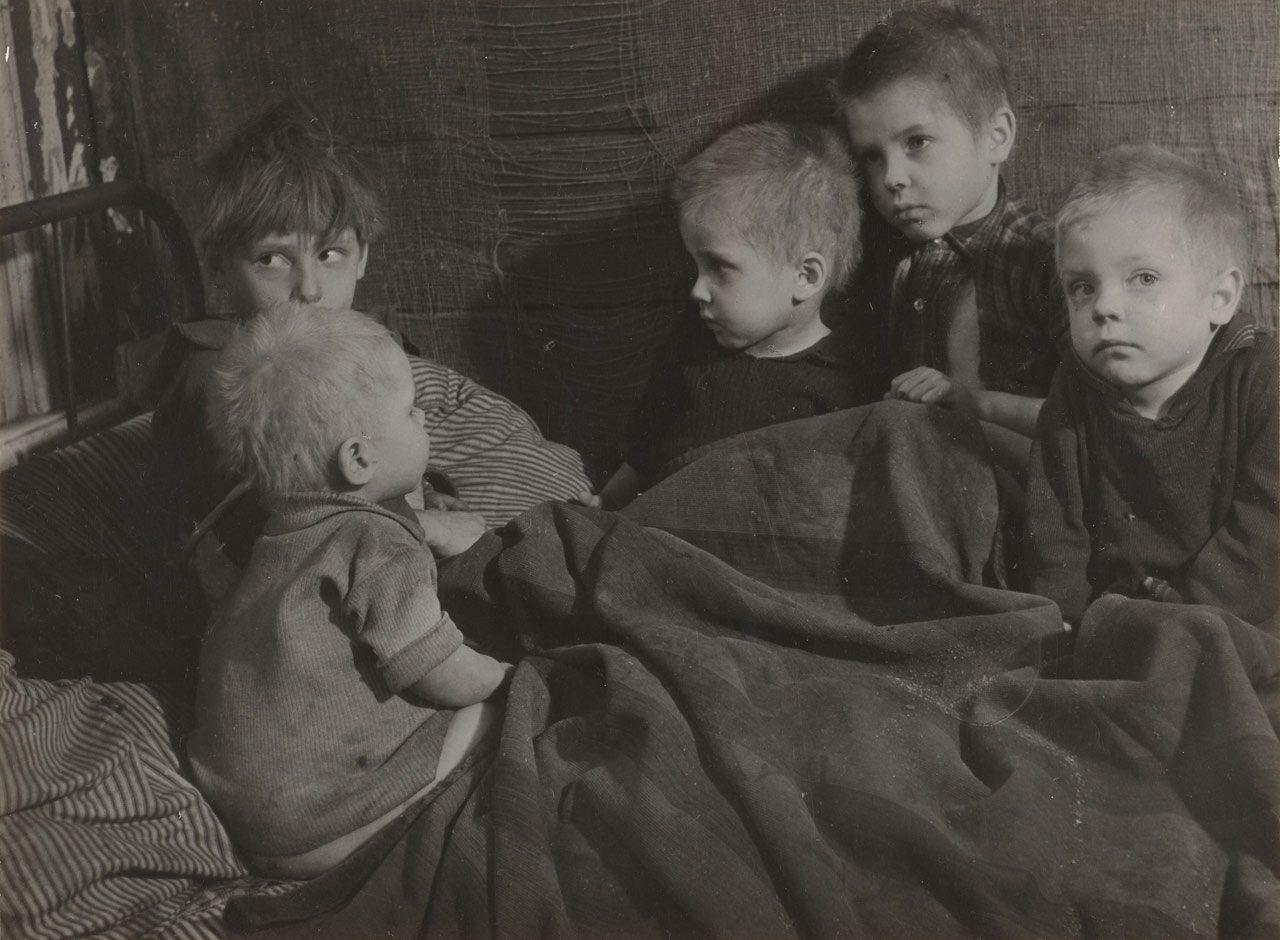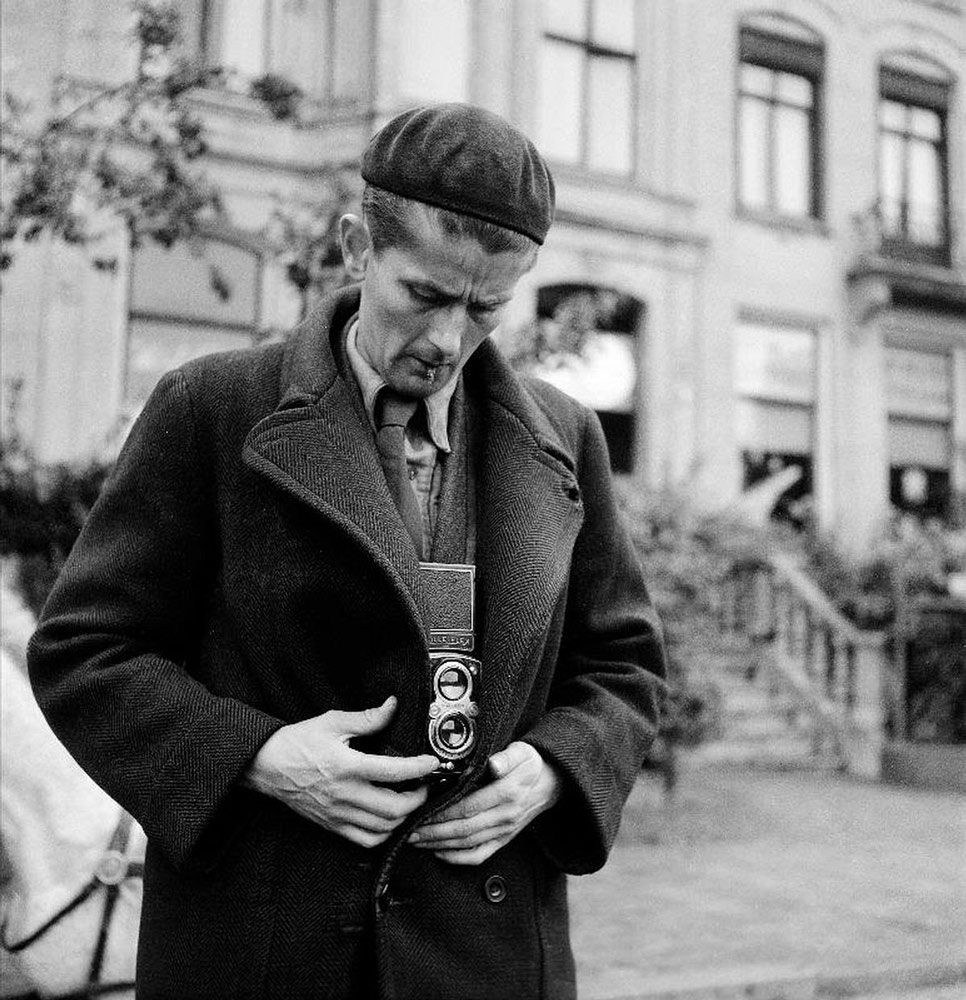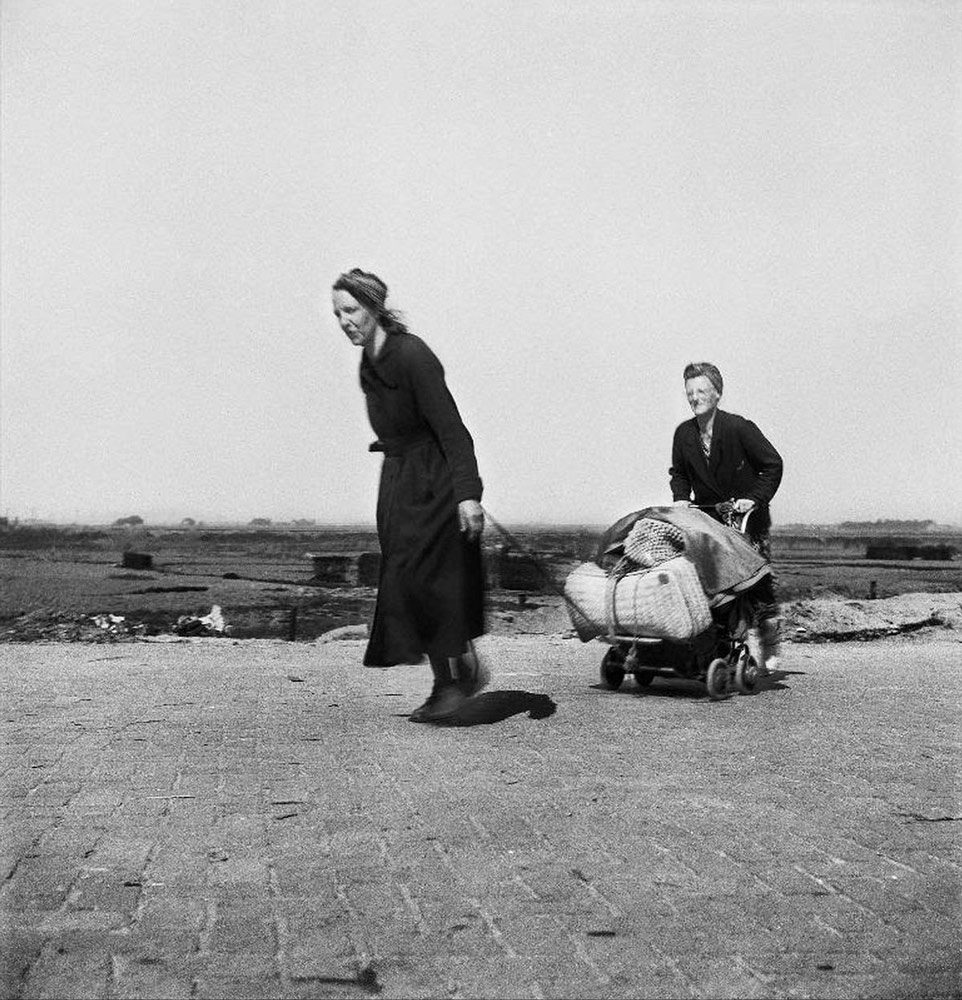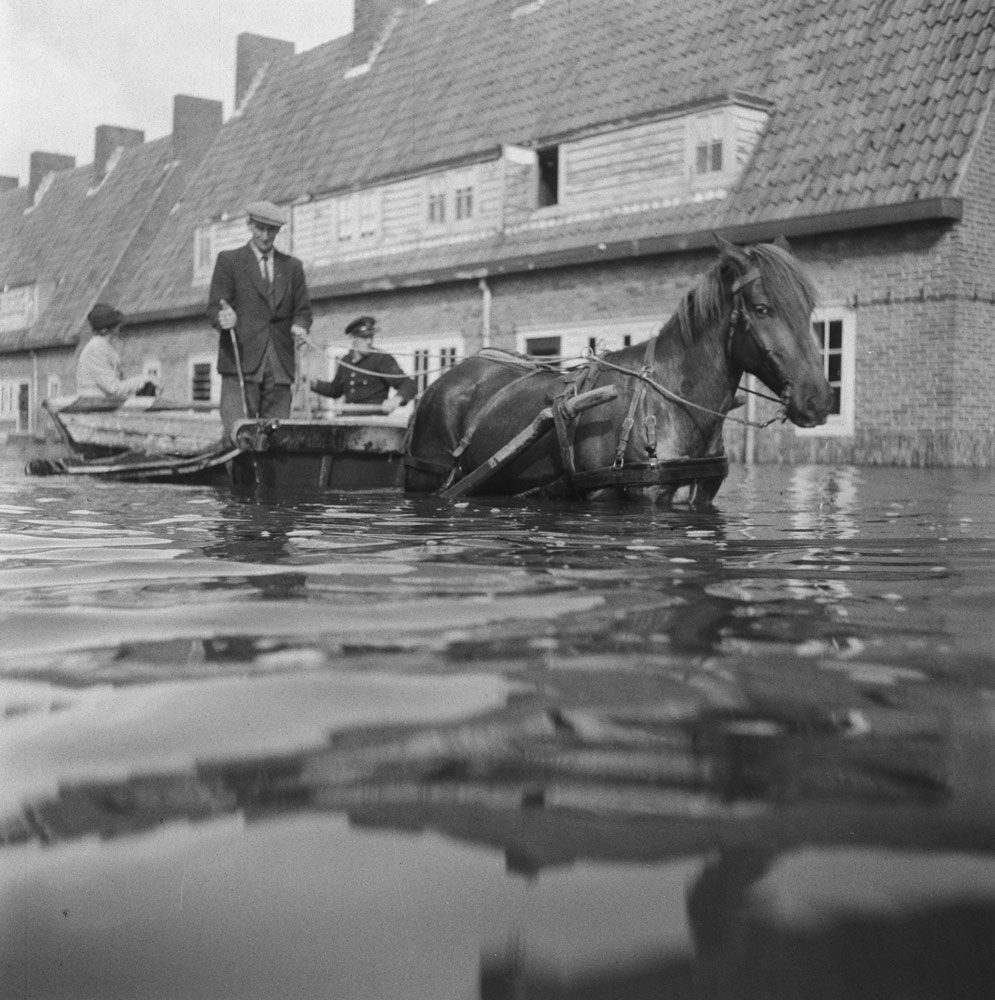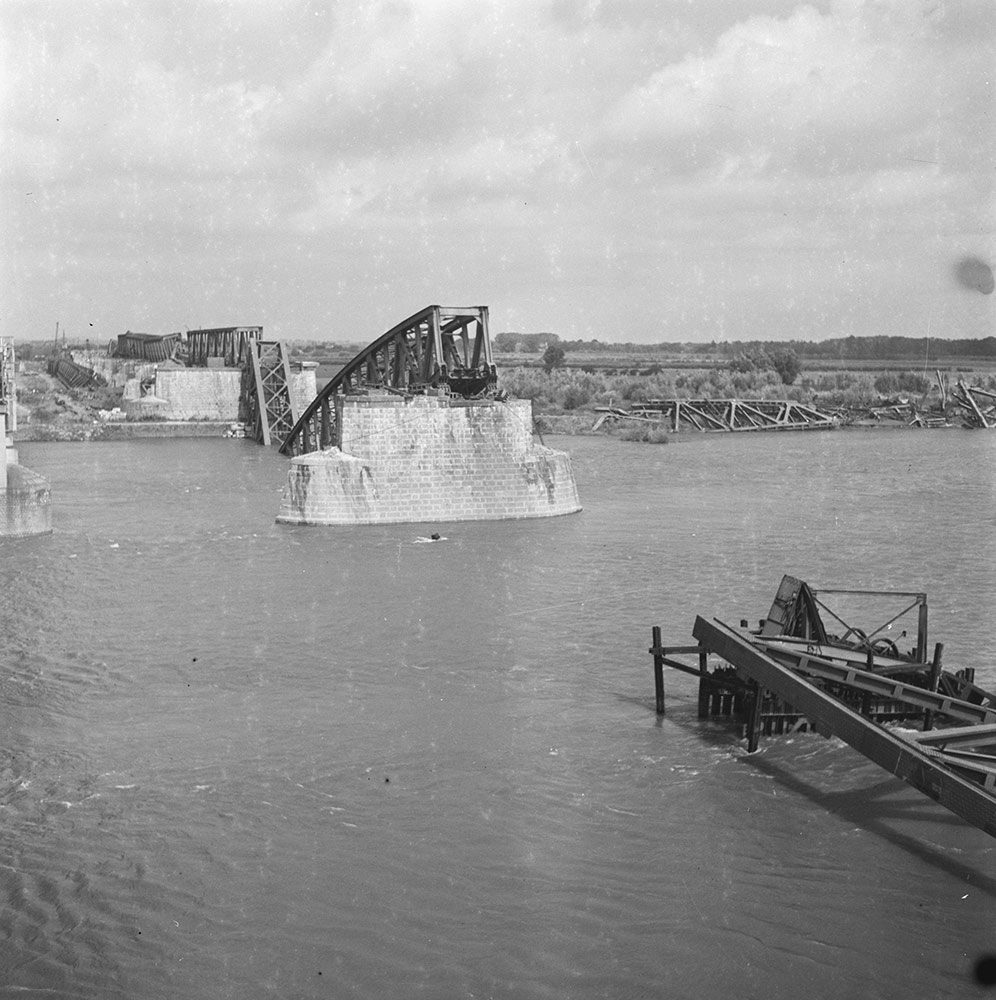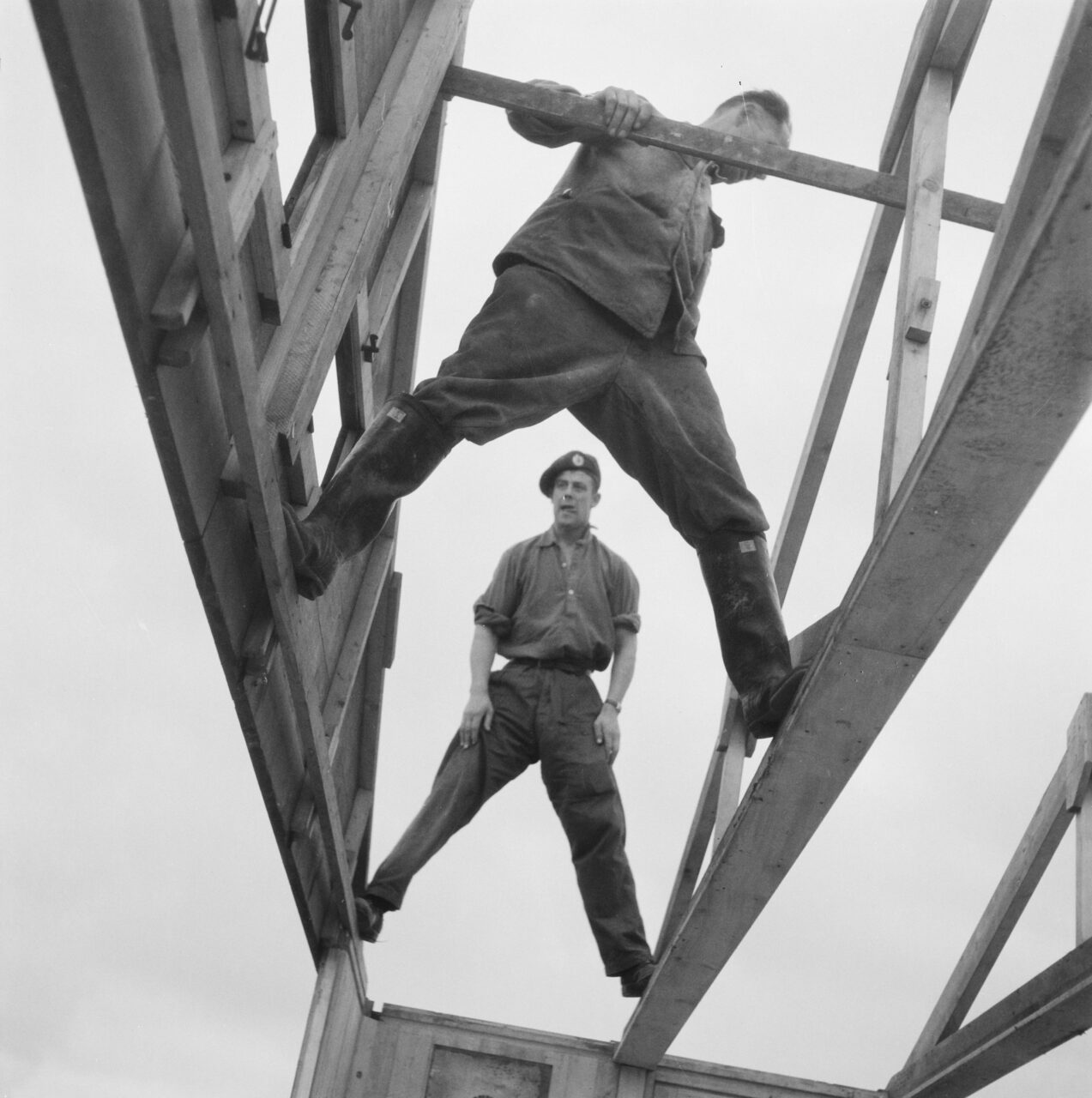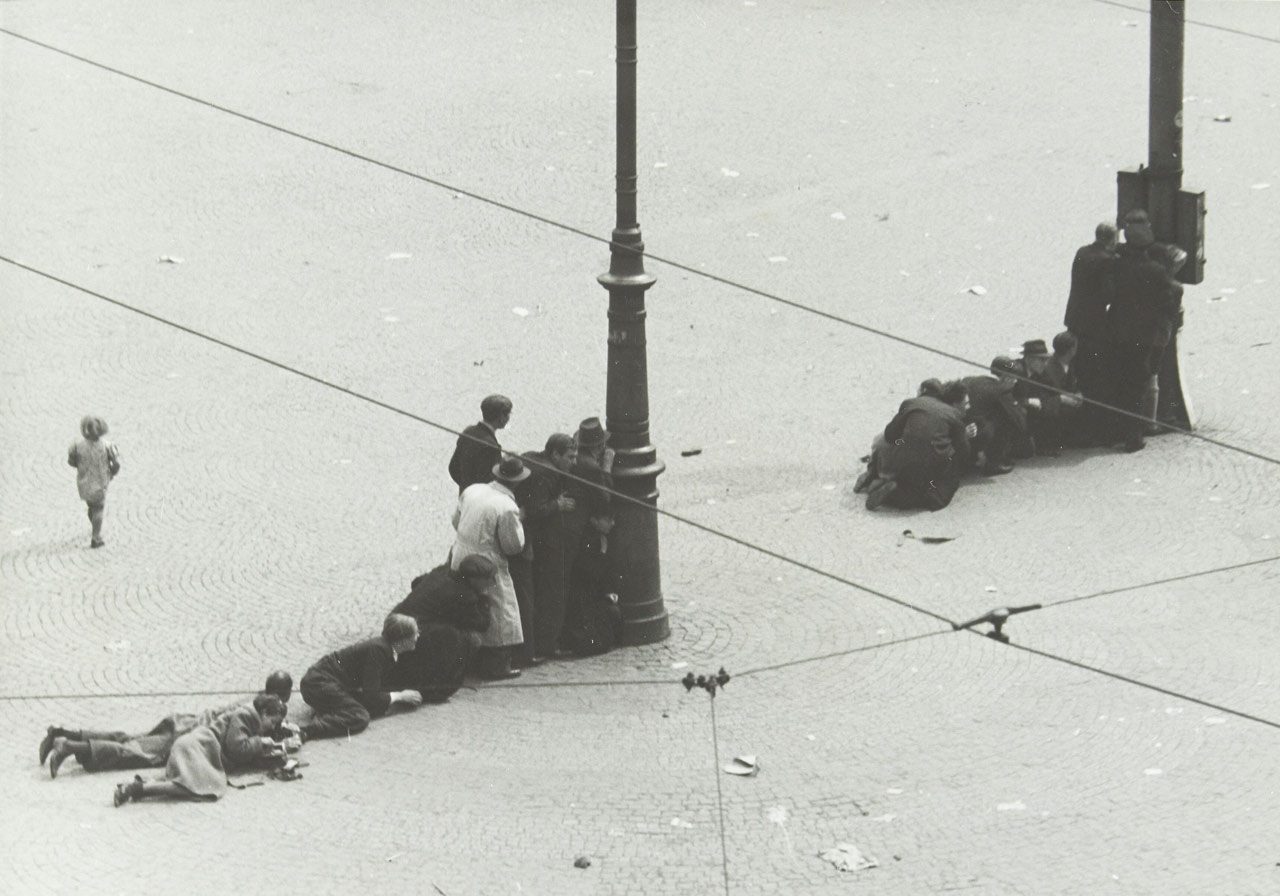PHOTO: The Underground Camera
The Underground Camera is the name given after World War II to a group of Amsterdam photographers who, under the leadership of Fritz Kahlenberg and Tonny van Renterghem, illegally documented the effects of the German occupation and the resistance. This historically unique material consists of negatives, original prints, albums, and photo books (some of which have unfortunately lost their underlying photos). It provides an indispensable reminder of the Hunger Winter, the forging of identity cards, hiding, the underground press, sabotage, weapons transports and instructions, war damage, and the liberation by the Allies.
By Dimitris Lempesis
Photo: Wikipedia
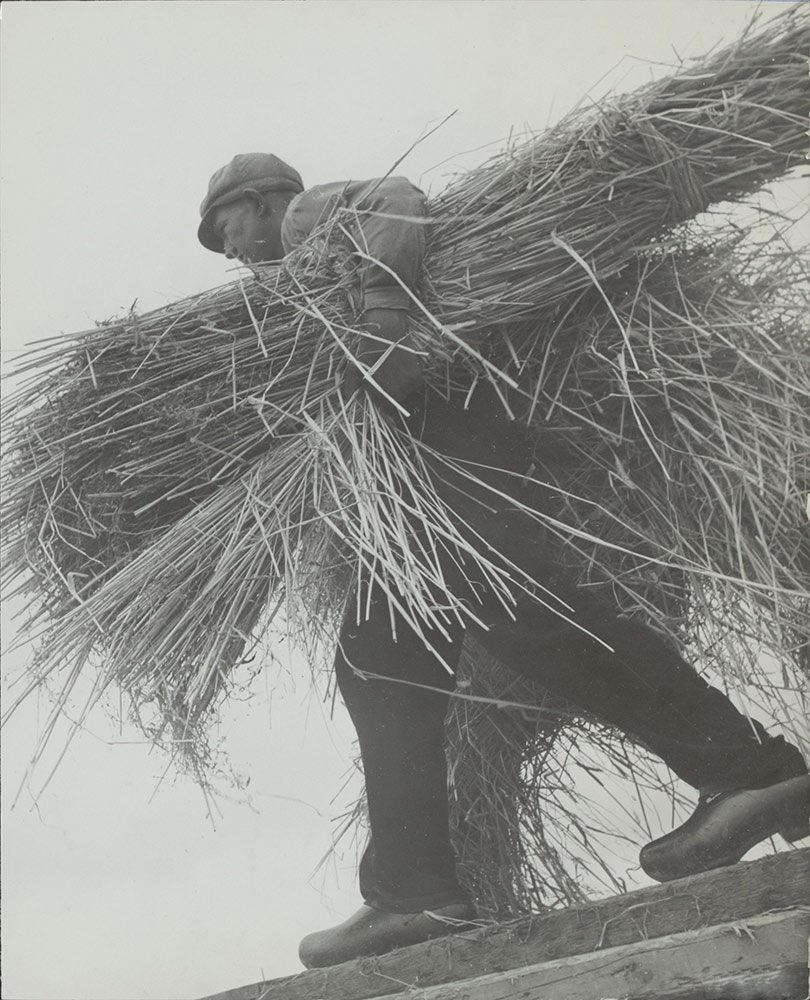
In honor of Amsterdam’s 750th jubilee and the 80th remembrance of the Netherlands’ liberation, The exhibition “The Underground Camera” showcases images captured by the group of photographers who came to be known by the same name. They photographed the harsh realities of Amsterdam during the ‘Hunger Winter’ of 1944-1945, offering a rare glimpse into the courageous missions of the resistance group and their role in documenting the Nazi occupation. The exhibition features work by renowned Dutch photographers such as Cas Oorthuys, Charles Breijer and Emmy Andriesse. During the last year of the war, resistance fighters Tony van Renterghem, chief of staff of the Internal Armed Forces in Amsterdam South, and German-Jewish filmmaker Fritz Kahlenberg approached Dutch photographers active in Amsterdam and its surroundings. Their aim was to capture the conditions of the occupation as testimony for later. Shots of the miserable living conditions in the West during the 1944/1945 Hunger Winter were also taken and transferred to London to convince the Dutch government in exile to advocate food drops to the Allies. During the war, the group of photographers operated under the neutral name “Nederland Archief” (Netherlands Archive). After the war, the group of photographers became best known under the name “De Ondergedoken Camera” (The Underground Camera ). Its contributors included young photographers who would achieve great fame after the war such as, Cas Oorthuys, Carel Blazer, Marius Meijboom, Ad Windig, Charles Breijer, Kryn Taconis and Emmy Andriesse. Many used Rolleiflex cameras which had a viewfinder on top, making it easier to take pictures from hip height. Given the danger of being involved in organized resistance, the photographers did not know who else was part of the collective and worked under neutral names such as “Nederlands Archief” and “Centraal Beeldarchief”. With the greatest possible logistical problems such as the lack of material and limited electricity, so that carbide lamps had to be used and a central darkroom was set up, they managed to capture a lot in the photo. The cameras were often hidden under the jacket or built into shopping bags or briefcases with a hole in front of the lens. Especially the female members could work inconspicuously with a shopping bag that did not arouse suspicion. Just a few weeks after the liberation, in early June 1945, a selection of work was showcased in the exhibition “The Underground Camera” located in the studio of the photographer Marius Meijboom at the Keizersgracht in Amsterdam. The exhibition brought national recognition for The Underground Camera’s work, leading the group to officially adopt this name. Now, 80 years later, their legacy returns in a new exhibition along the same canal. Photos by the group ‘De Ondergedoken Camera’ contributed significantly to the portrayal of the German occupation after the war. However, little is known about the nature and scope of these photographers’ work; what subjects were captured, how was the group organised, and how did the group’s leadership operate from its hiding place in Amsterdam South. In the attic of the hiding house, the remains of where the dark camera was set up at the time can still be seen.
Known photographers of the group are: Emmy Andriesse, Paul Bessem, Carel Blazer, Charles Breijer, Violette Cornelius, Cobie Douma, Cornelis Holtzapffel, Fritz Kahlenberg, Ingeborg Kahlenberg-Wallheimer, Boris Kowadlo, Frits Lemaire, Marius Meijboom, Margreet Meijboom-van Konijnenburg, Cas Oorthuys, Wiel van der Randen, Tonny van Renterghem, Hans Sibbelee, Ben Steenkamp, Krijn Taconis and Ad Windig
Photo by Wiel van der Randen
Info: Foam, Keizersgracht 609, Amsterdam, The Netherlands, Duration: 2/5-2/10/2025, Days & Hours: Mon-Wed & Sat-Sun, www.foam.org/
